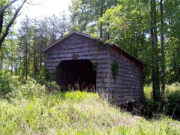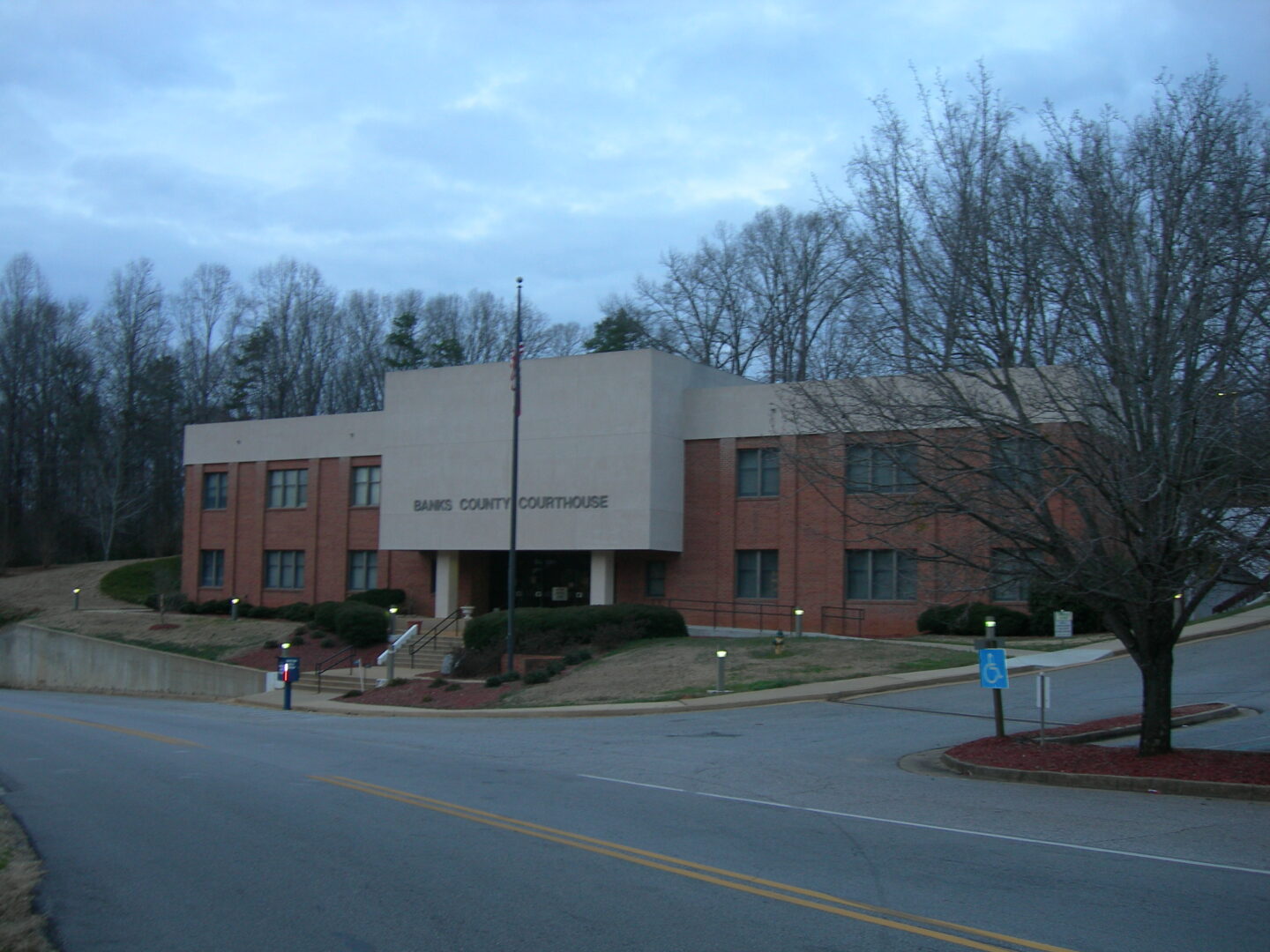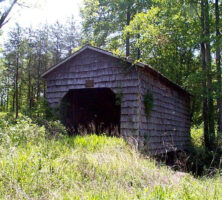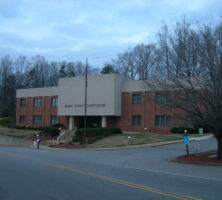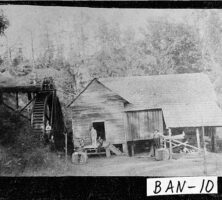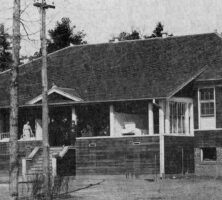Banks County, in northeast Georgia, is the state’s 129th county, comprising 233 square miles. The county was created from portions of Franklin and Habersham counties in 1858 and was named for Richard E. Banks (1794-1856), a circuit-riding surgeon who treated white settlers and Indians in the area, developing a good reputation among the Cherokees for treating smallpox.
The land that became Banks County was originally held by the Cherokees, forming a border territory between the Cherokee Indian Nation and the newly formed United States of America. The western border of Georgia (from the top of Currahee Mountain to the southernmost branch of the Oconee River) was marked by a strip of felled trees, twenty feet wide, established with the Cherokees by the Treaty of Augusta in 1783. The northern boundary was the Chattahoochee National Forest.
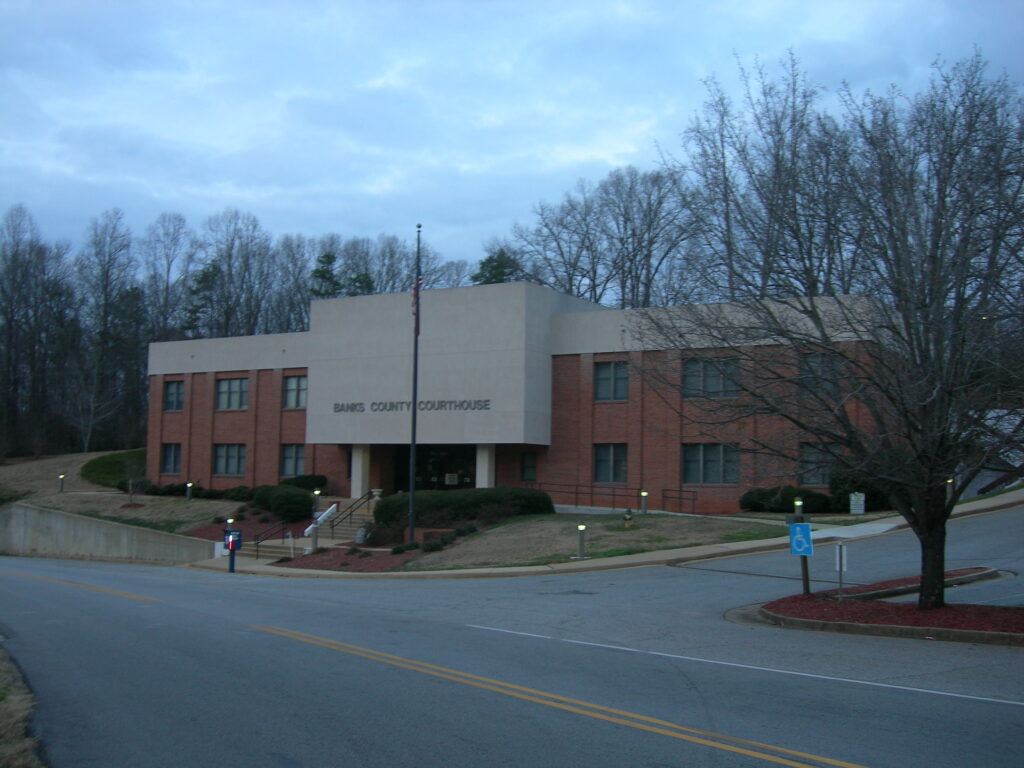
The county seat is Homer. Its first courthouse was built in 1863, reportedly with $6,600 in Confederate currency; it was placed on the National Register of Historic Places in 1980. Saved from destruction by a campaign to restore the old building initiated by a Banks County High School student, it now serves as a museum and community meeting hall, after a new courthouse was built in 1987. Homer, which replaced New Lebanon as the county seat, was incorporated in 1859, and is reported to have been named after Homer Jackson, an early settler.
Parts of other incorporated towns lie in the county: Alto (once known as Lulah), Baldwin, Gillsville, Lula, and Maysville. According to the 2020 U.S. census, the population of Banks County is 18,035.
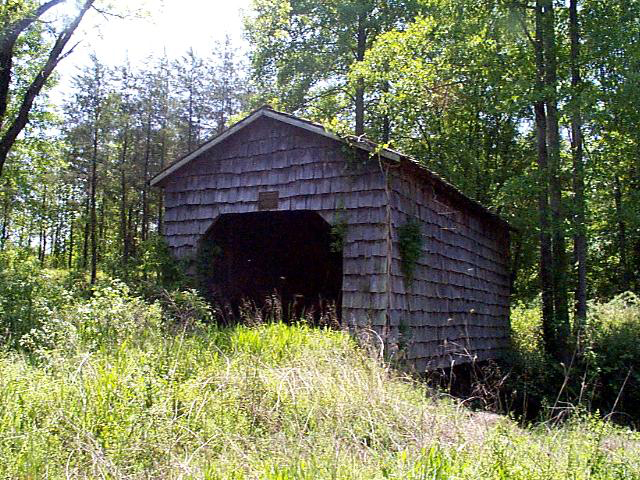
Commercial forestry has given way to small poultry farms in recent decades, although much of the workforce is employed in the manufacturing sector, mostly in textiles and apparel production.
Well-known former residents include Georgia governor Allen D. Candler, major-league baseball champion Ty Cobb, and Zach S. Henderson, former president of Georgia Teachers College (later, Georgia Southern University).
Places of interest include Nails Creek Baptist Church, the Old Banks County Jail, Fort Hollingsworth, and the Atlanta Dragway. Annual events include the Banks County Festival in the fall, the Annual North Georgia Folk Potters Festival in June, and in Homer the “World’s Largest Easter Egg Hunt.”


